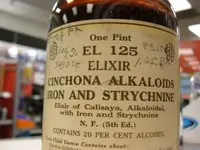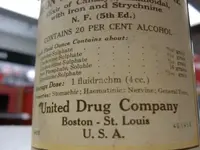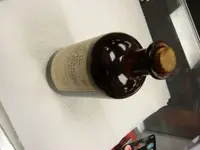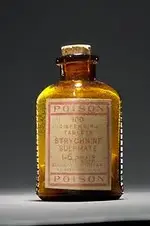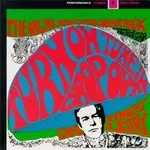chong2
Bronze Member
- Joined
- Apr 25, 2006
- Messages
- 2,041
- Reaction score
- 141
- Golden Thread
- 0
- Location
- El Paso, TX
- Detector(s) used
- Flippin Stick n good luck :)
i bought this bottle on ebay, it caught my attention for some reason, maybe its the strychnine part....is there anyone out there that knows anything of this medicine ? what was it used for, and maybe a timeframe?? my guess is no later that the 1930's. for one the seams run all the way through and two i dont think the FDA would allow strychnine in any medicine anymore
? what was it used for, and maybe a timeframe?? my guess is no later that the 1930's. for one the seams run all the way through and two i dont think the FDA would allow strychnine in any medicine anymore
p.s., the awesome part is its almost full !!!
 ? what was it used for, and maybe a timeframe?? my guess is no later that the 1930's. for one the seams run all the way through and two i dont think the FDA would allow strychnine in any medicine anymore
? what was it used for, and maybe a timeframe?? my guess is no later that the 1930's. for one the seams run all the way through and two i dont think the FDA would allow strychnine in any medicine anymore
p.s., the awesome part is its almost full !!!



